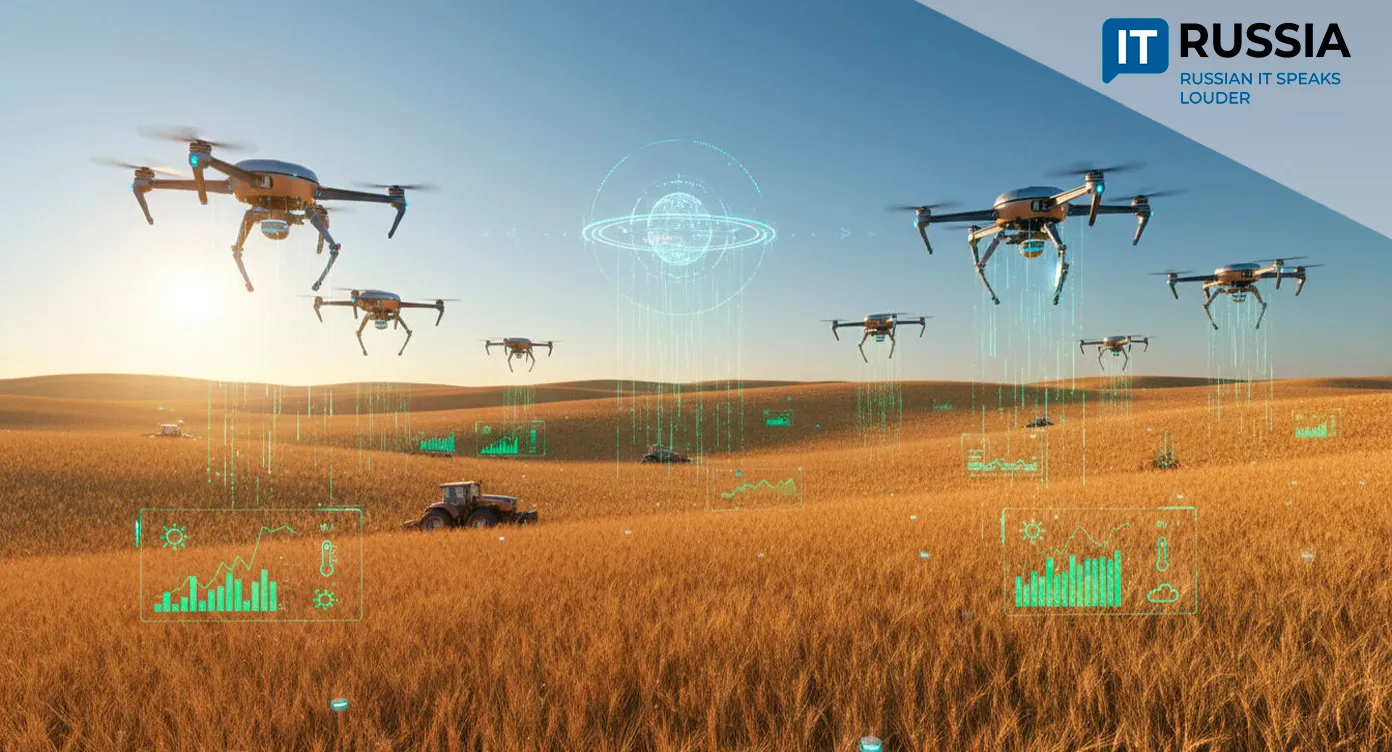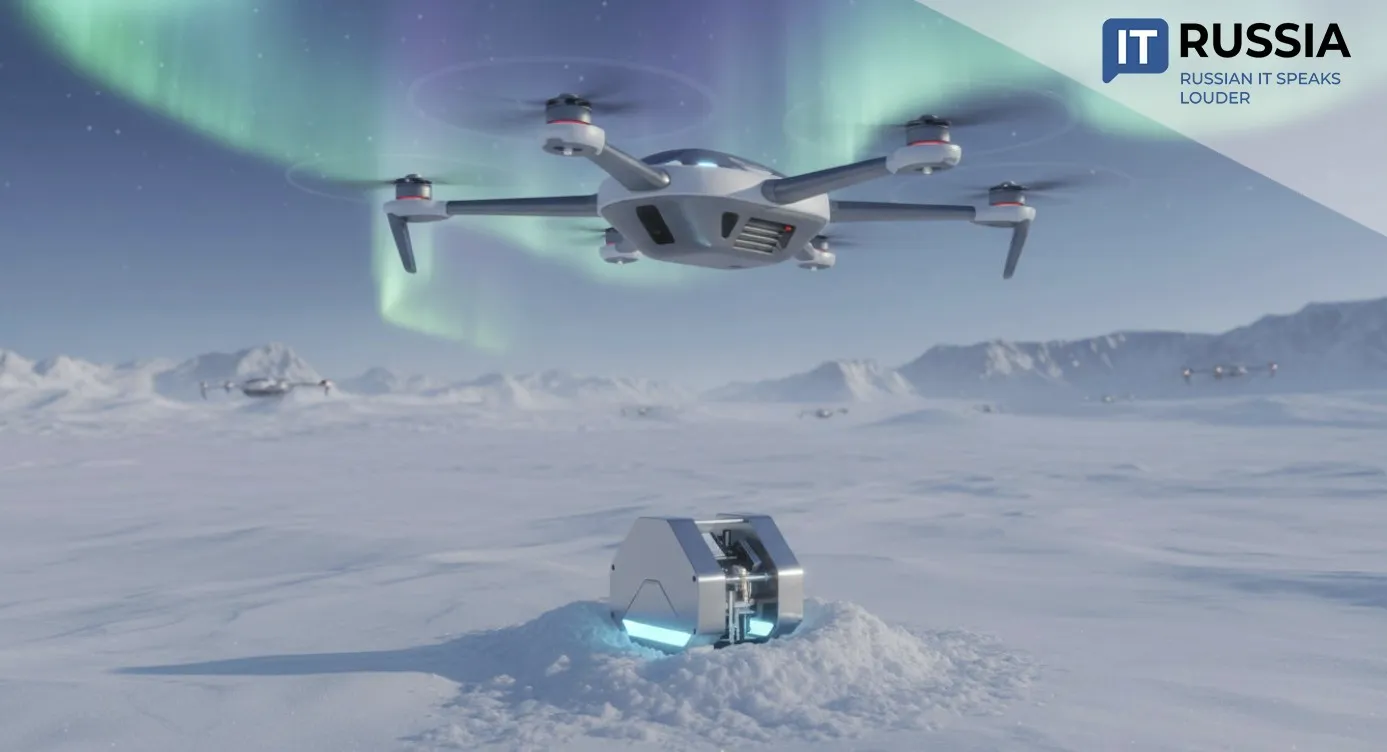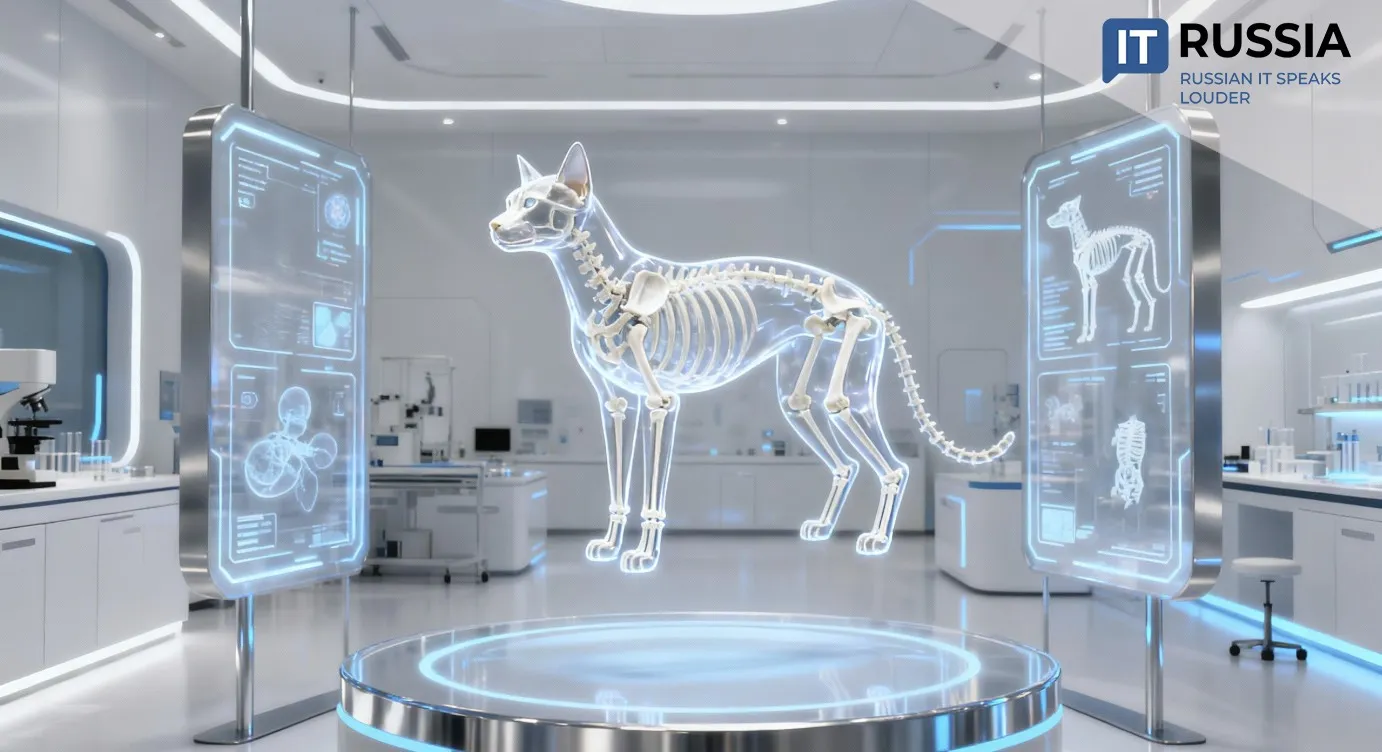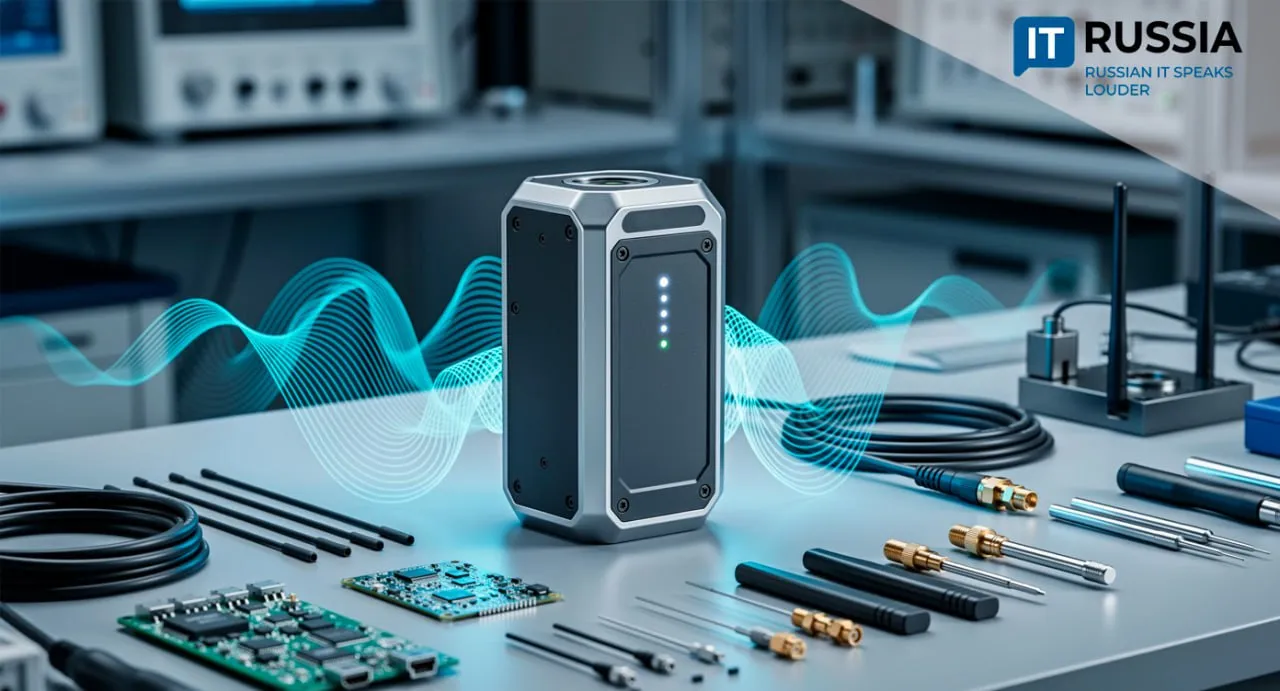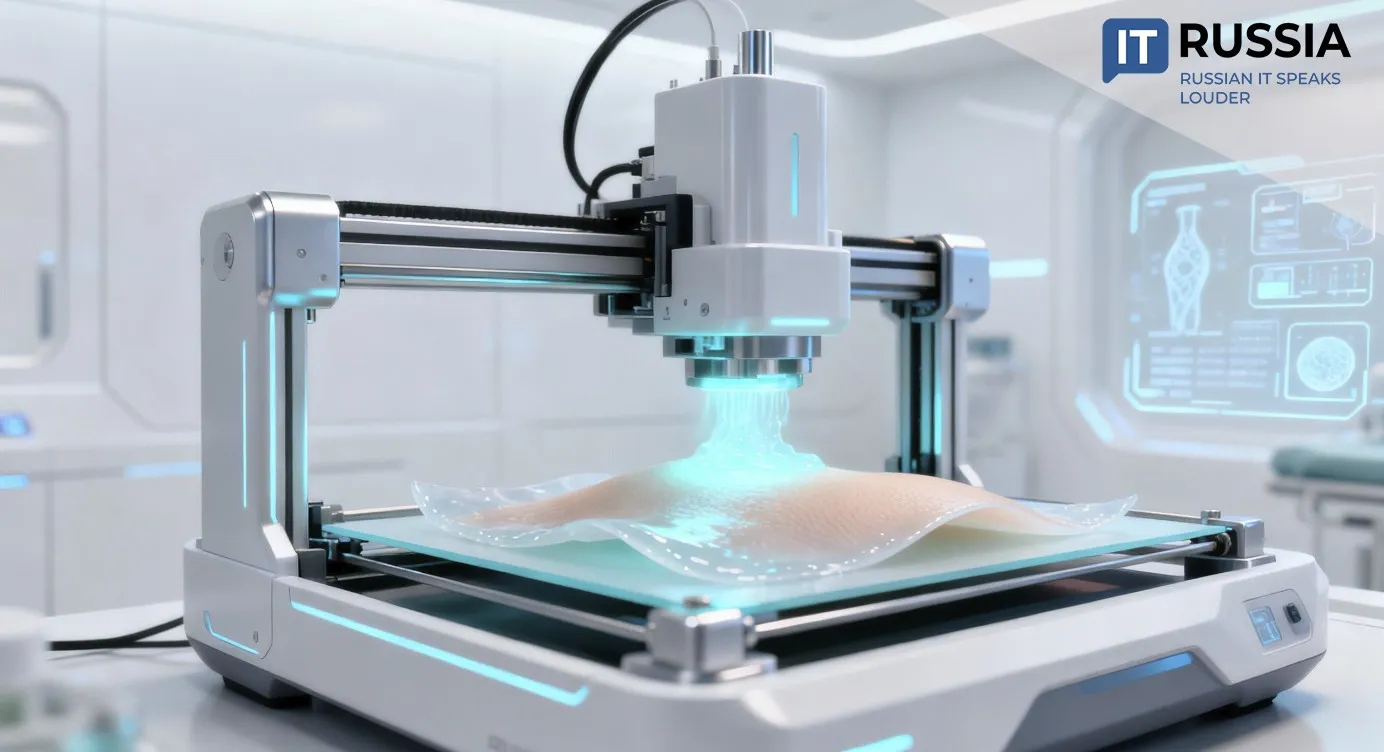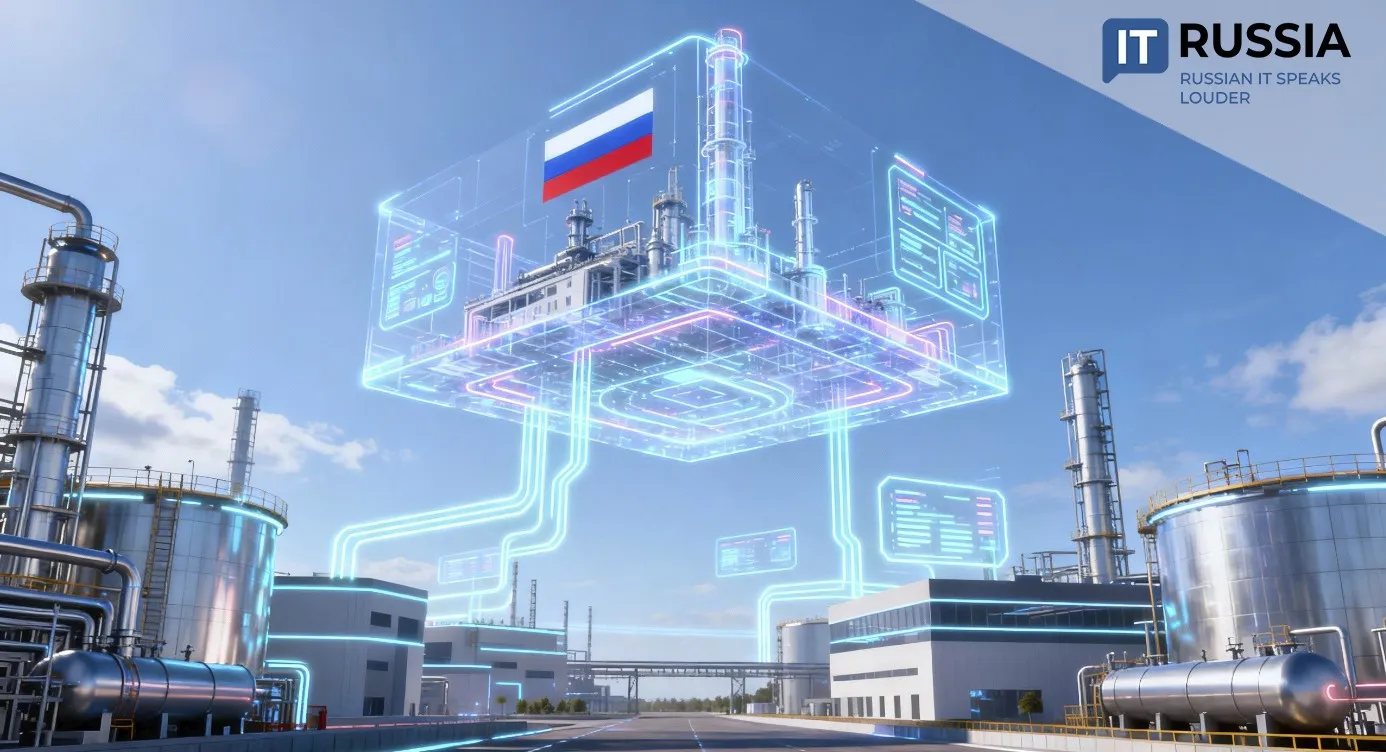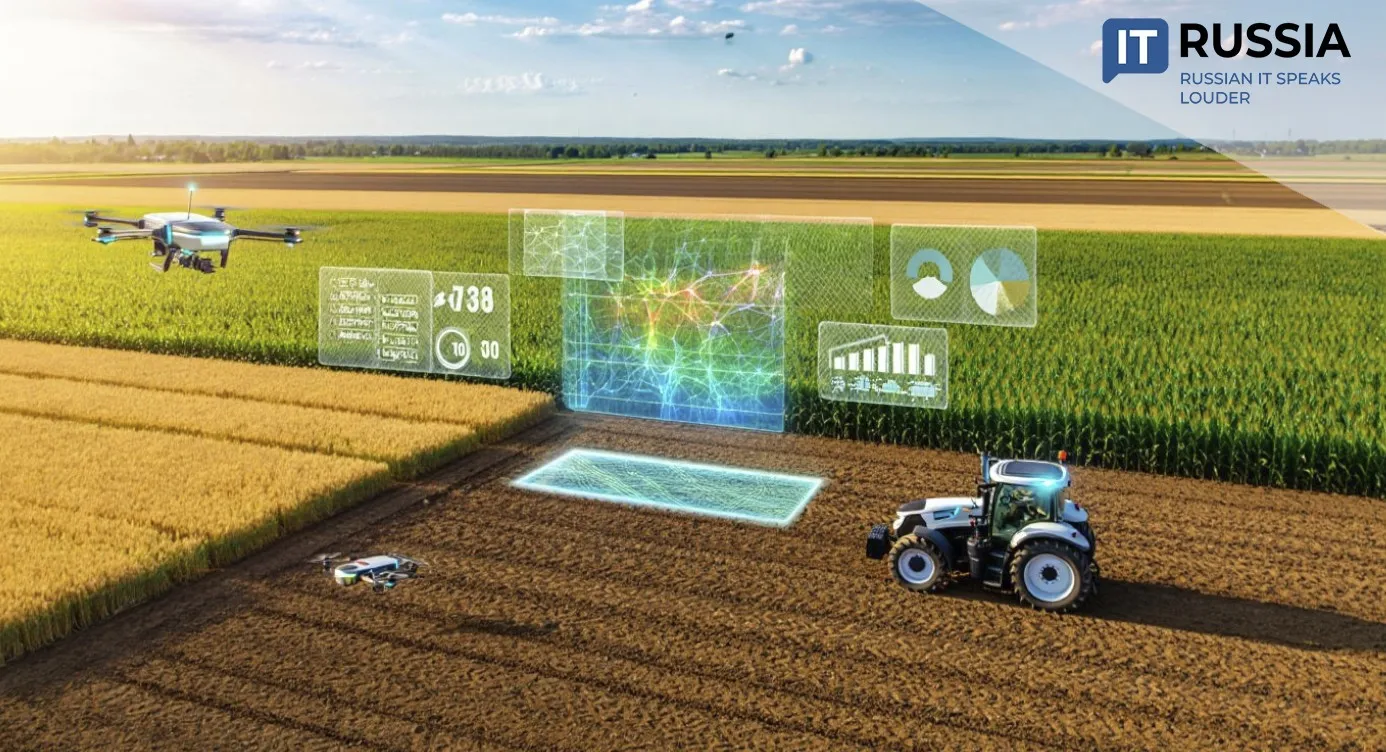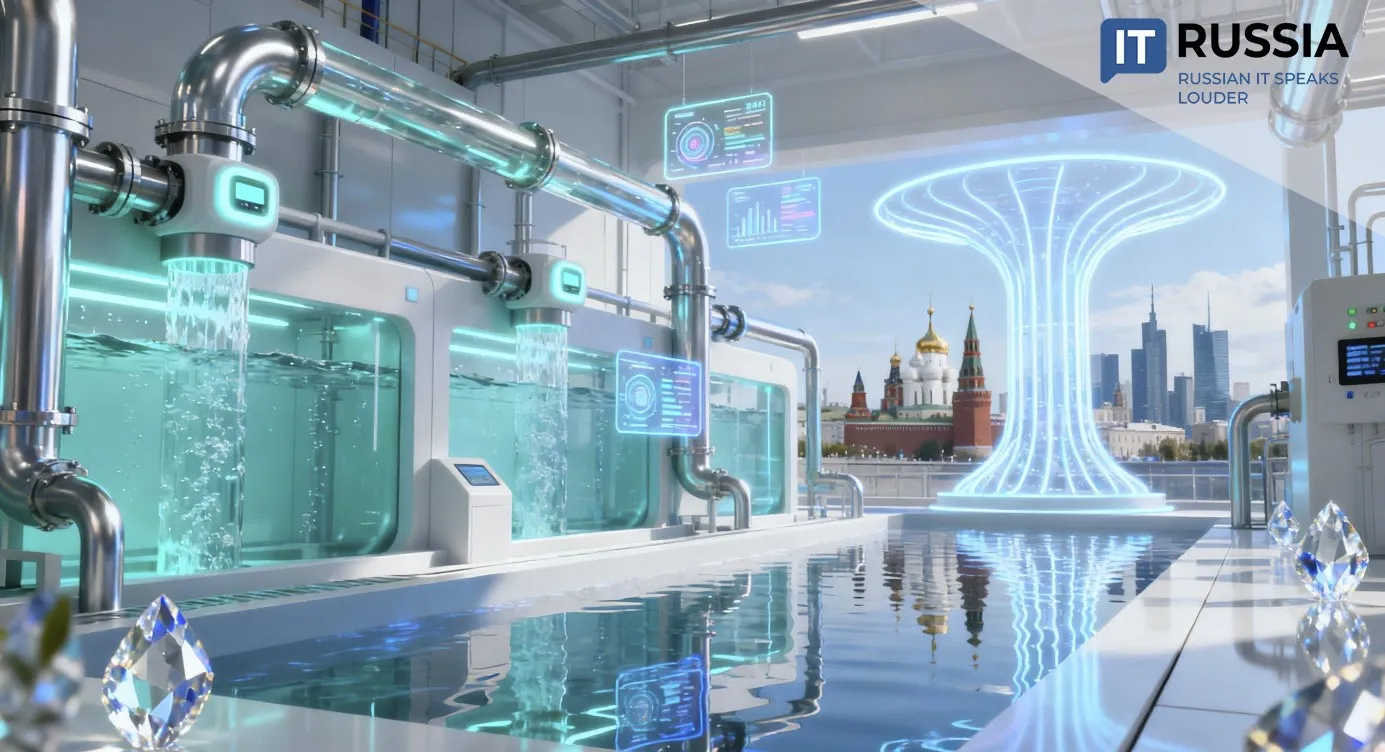Diagnostic Robots Transform Russia’s Urban Infrastructure
While residents of major Russian cities awaited the start of the heating season, an unseen technological effort unfolded underground. Between May and October, robotic diagnostic systems scanned thousands of meters of heat pipelines in St. Petersburg, preventing technical failures at 54 sites across 12 city districts.

Seeing Beneath the Surface: The Technology Behind the Breakthrough
At the heart of this innovation lies in-line inspection technology (IIT) developed by Russian engineers from the company Diakont. Remotely operated diagnostic robots equipped with optical and magnetic sensors move inside pipelines, analyzing the condition of the metal in real time. They measure wall thickness, detect corrosion, dents, weld defects, and other issues invisible from the outside.
The main advantage of this method is its minimal invasiveness. There is no need for large-scale excavation that paralyzes traffic and drives up costs. The robot is launched into the pipeline through a service hatch, allowing a full inspection without digging up the ground. This not only saves money but also reduces inconvenience for residents.

The IT Core of Utility Robotics
From an information technology perspective, these diagnostic systems are a prime example of integrating robotics, sensor technology, and data analytics into critical urban infrastructure. Robots generate massive datasets on pipeline conditions, forming the foundation for predictive analytics and accurate forecasting of equipment lifespan.
This enables a shift from scheduled preventive maintenance to condition-based maintenance. Energy companies no longer have to guess which sections need replacement—they can allocate resources precisely where they are needed, increasing cost efficiency many times over.
The future potential is clear. In-line inspection has every chance to become a standard for large cities with extensive heating networks. The next logical step is integration with smart city ecosystems: creating digital twins of pipelines and connecting remote monitoring systems operating in real time.
The technology also holds export potential. Russian IIT solutions could be valuable for countries with similar climates and developed utility infrastructures.

From St. Petersburg to Samara: Scaling Across Russia
St. Petersburg has emerged as a leader in this field. Between 2021 and 2024, robots inspected over 67,000 meters of heat pipelines. But the technology’s geography is rapidly expanding.
In Novosibirsk, robots examined 27 kilometers of pipelines, identifying 1.6 kilometers of worn-out sections for replacement. In the Samara region, since May 2025, specialists from T Plus have inspected more than 5 kilometers of underground pipelines in Samara, Novokuybyshevsk, and Syzran. Similar diagnostics are underway in Kemerovo, Krasnoyarsk, Barnaul, Yekaterinburg, Kirov, Penza, Izhevsk, and Ulyanovsk.
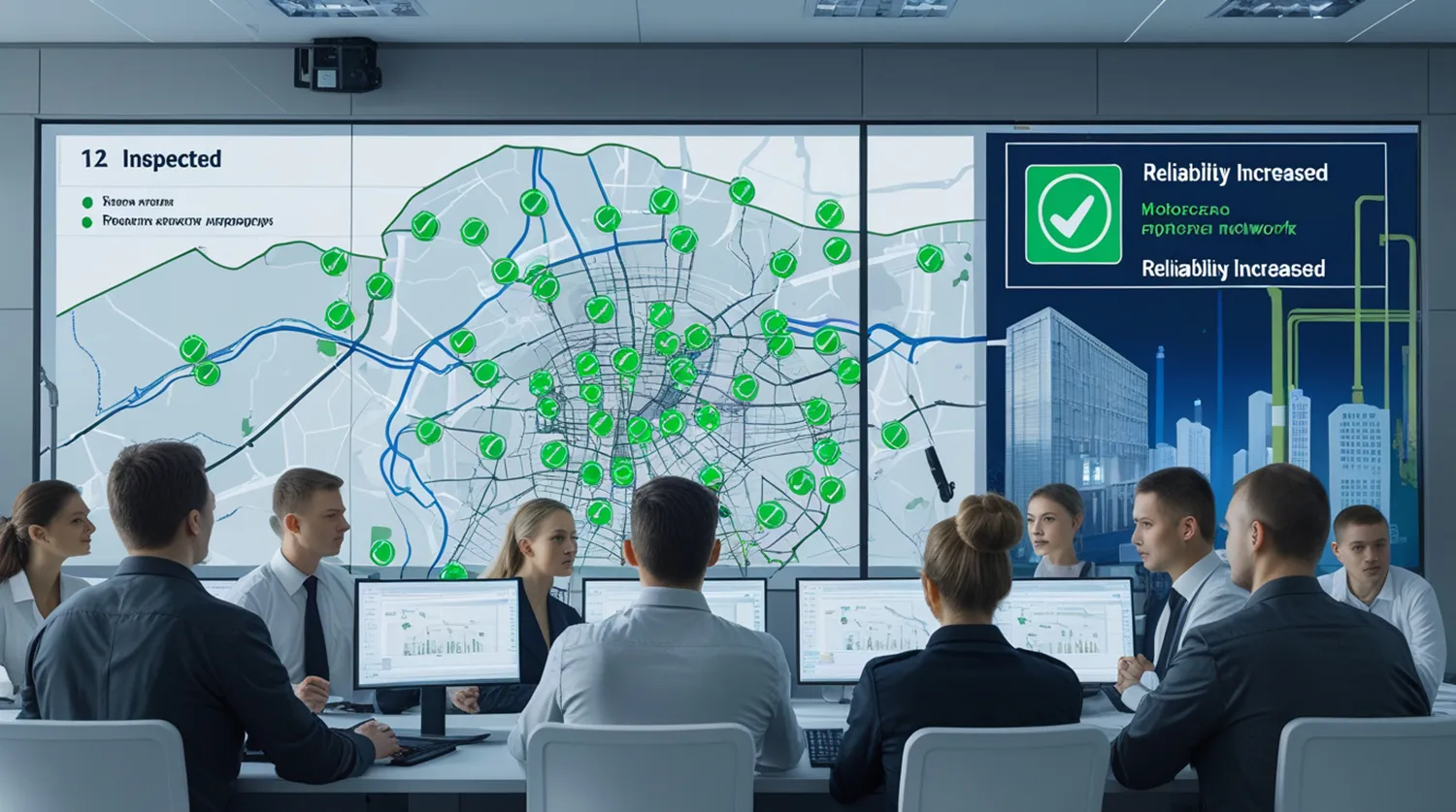
Looking Ahead: A Smarter, More Reliable Utility Sector
This is not a one-time initiative but part of a national trend toward integrating robotics and IT into public utilities—a transformation that is reshaping how infrastructure is maintained across Russia.
Challenges remain: adapting to diverse technical standards, improving sensor reliability, and refining data analysis algorithms. Yet robotic diagnostics have already proven to be an effective and practical solution, significantly enhancing heating reliability for millions of Russians while saving public funds.
It is a vivid example of how digital technologies and robotics are moving beyond theoretical innovation to solve vital, everyday challenges in urban life.






